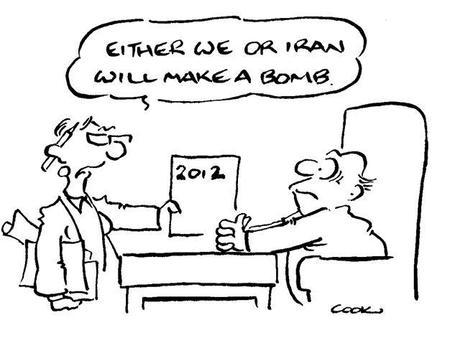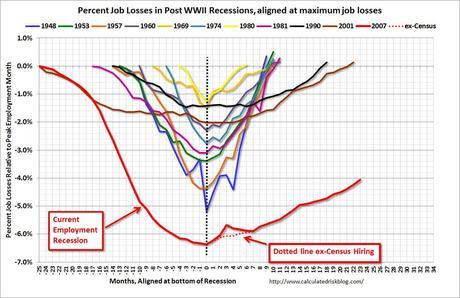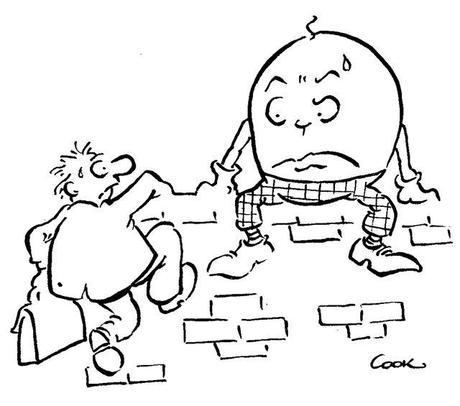Time to get off?
Because I spent over 35 years in financial markets, people often ask me about stock markets. What can I tell you?
Here’s the truth: I have absolutely no idea where markets will end up this year.

But I have no idea whether Greece will default. Or if it does, whether another half dozen will follow. I don’t even know what will happen if they do. Maybe stocks will go up on the resultant clarity. Nor do I know if property in China will collapse or land softly. Or if Iran will both produce and explode a nuclear bomb.
Welcome to the wall of worry.
At a health retreat last year, I was on one of those revolving climbing walls. If you’ve never been on one, they are like a vertical conveyor belt. You just keep climbing, even though you are never more than a few feet off the floor.
That means you have a choice. You can jump off and just watch the wall go by, or get back on and start worrying. You can do the same with markets.
At this point in time, is the cup half-full, or half-empty? After all, it’s almost five years since the sub-prime crisis started smacking us around the head. It’s almost three years since share prices bottomed. The sun definitely sets, but it also rises.
Seven months ago, I reproduced a chart from economist Bill McBride showing the ten recessions in the US since World War II. There was distortion around the US census numbers and the suggestion of a double-dip recession.
But there was also the suggestion of a nascent recovery.
Twenty-four weeks later the recovery looks more than nascent. An updated version is shown below, redrawn so the bottom of each of those recessions is aligned.

This chart says much the same thing I said about recessions last time:
- There are lots of them
- They start and they end
- Some are longer or deeper, but they all look a bit the same
This chart is key to the business outlook. If more people are employed, more people will spend more money. Demand rises and more people will be employed. This is how economies recover, sometimes more quickly than we expect.
You don’t have much choice in this.
Like Greece, the economy is out of your hands. What is in your hands is what you can control. In sport, mental toughness is defined as 
In business it means stepping off the wall of worry and getting on with the things you are good at, like: maintaining excellent customer relationships, continuing to develop a great product, keeping your workforce engaged and delivering optimum solutions in the marketplace. That’s what keeps shares in your business – listed or unlisted – at optimal value in current conditions.
If market conditions improve, so will the value of your business. Given my extensive experience in financial markets, I have no idea when that will be. But if you manage those things to the best of your ability, you will probably be around to find out.
There are all sorts of strategies for managing through recession and recovery in my book, Recharge. Today, you can buy it in every concievable electronic form at modest cost. Just click on any of the following digital suppliers: Amazon; Apple; Google; Kobo. If you want a hard copy, click here.

